Mangosteen (Garcinia mangostana), often referred to as the “Queen of Fruits,” is enjoying a remarkable surge in popularity worldwide. Once a specialty fruit confined to the humid tropics of Southeast Asia, mangosteen is now becoming a global agricultural phenomenon. From Thailand’s booming orchards to new plantations in India, Colombia, and Kenya, the fruit is capturing the attention of both consumers and farmers alike.
But what’s driving this global mangosteen boom? This article explores the agroeconomic, nutritional, environmental, and commercial factors behind the growing interest in mangosteen farming across continents.
1. Rising Global Demand for Superfruits

In recent years, there has been an explosion in consumer interest in nutrient-dense “superfruits”, driven by health consciousness and demand for functional foods.
Mangosteen’s Nutritional Appeal:
- Rich in xanthones, powerful antioxidants with anti-inflammatory and anti-cancer properties.
- Excellent source of Vitamin C, dietary fiber, and folate.
- Contains zero cholesterol and minimal calories per serving.
Market Insight:
Global consumers, especially in the United States, Europe, Japan, and South Korea, are willing to pay premium prices for fruits with both exotic appeal and health benefits. Mangosteen fits this profile perfectly.
According to Mordor Intelligence, the global exotic fruit market (including mangosteen) is projected to grow at a CAGR of 6.8% from 2023 to 2028. Mangosteen’s popularity is a key contributor to this trend.
2. Expanding Export Opportunities
The growth of international trade agreements and improved phytosanitary standards has made it easier to export mangosteens to new markets.
Thailand’s Example:
Thailand is the largest exporter of mangosteen, with over 300,000 metric tons produced annually. Its export volume to China, the Middle East, Europe, and the USA has grown significantly in the past decade.
China’s Demand Boom:
Since China approved mangosteen imports under strict quality and inspection agreements, its import volume has surged. Consumers there perceive mangosteen as a luxury fruit for gifting and festivals.
Other countries like Vietnam, the Philippines, and Malaysia are also expanding their air and sea freight infrastructure to meet export potential, giving rise to a competitive global supply chain.
3. High Profit Margins for Farmers
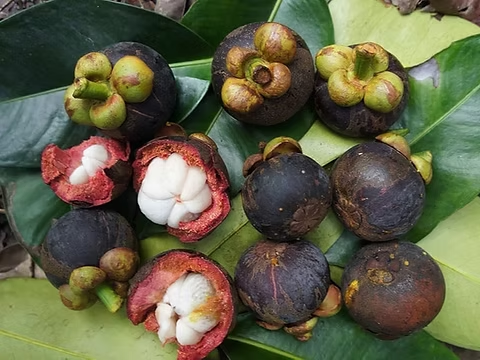
Mangosteen may take 6–10 years to bear fruit, but when it does, the returns can be significantly higher than many other fruit crops.
Profitability Breakdown:
- A mature mangosteen tree can yield 200–300 fruits per year.
- In export markets, the price ranges from $5–$15 per kilogram, depending on quality and freshness.
- Organic or pesticide-free mangosteens fetch even higher prices.
Because of this high demand and price point, farmers in regions like Kerala (India), Davao (Philippines), and Pahang (Malaysia) are rapidly converting other orchards to mangosteen plantations.
4. Government and Institutional Support
Countries are recognizing mangosteen’s potential as a high-value export crop and are implementing policies and support systems to encourage its production.
Examples:
- Thailand: Provides subsidies, training, and quality certification via the Department of Agriculture.
- Philippines: Includes mangosteen in the High Value Crops Development Program (HVCDP) with marketing and irrigation support.
- Vietnam: Has included mangosteen under its agri-tourism promotion and export facilitation schemes.
- India: The Indian Council of Agricultural Research (ICAR) and state horticulture missions are promoting mangosteen under tropical fruit diversification initiatives.
These programs offer support in terms of nursery development, pest control, irrigation systems, and international marketing.
5. Climate Suitability and Expansion into New Regions
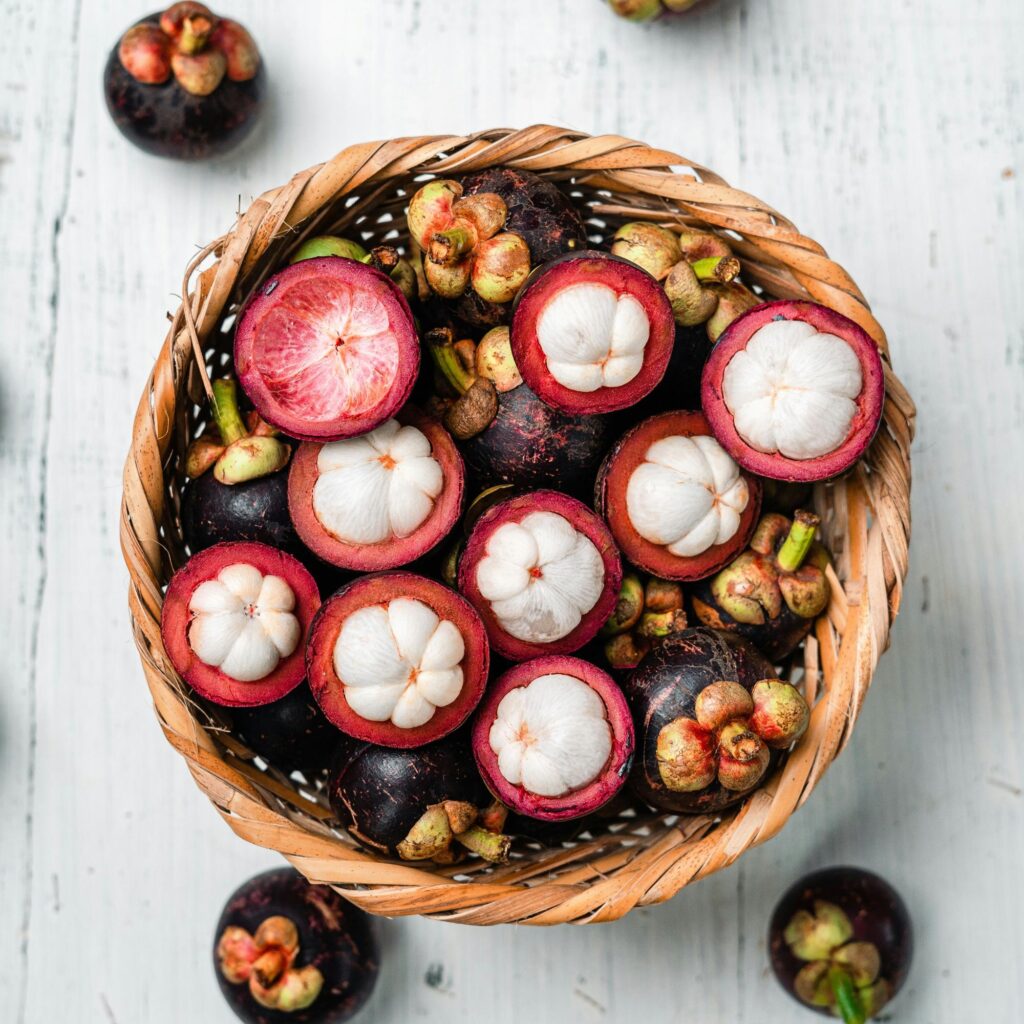
Mangosteen thrives in tropical regions with high humidity and ample rainfall, typically between 25–35°C. With climate change influencing rainfall patterns, some new regions are becoming suitable for mangosteen cultivation.
New Frontiers:
- Colombia: Growing in the Caribbean lowlands; positioned to export to the U.S. and Latin markets.
- Kenya and Uganda: Successful small-scale trials have shown promise in East African highlands.
- Southern India: Regions like Tamil Nadu and Assam are emerging hubs due to favorable monsoonal conditions.
Farmers and agri-investors in these regions are motivated by the crop’s profitability, long shelf life, and high market value.
6. Health and Wellness Industry Push
The health and wellness industry is playing a major role in popularizing mangosteen.
Use in Wellness Products:
- Mangosteen juice blends sold in health stores and online.
- Extracts and powders used in dietary supplements for their antioxidant properties.
- Skincare and cosmetic products using mangosteen rind for anti-inflammatory benefits.
Brands like Xango, Genesis Pure, and Vemma have commercialized mangosteen-based products, creating additional demand for raw fruit and processed extracts.
7. Cultural and Culinary Appeal
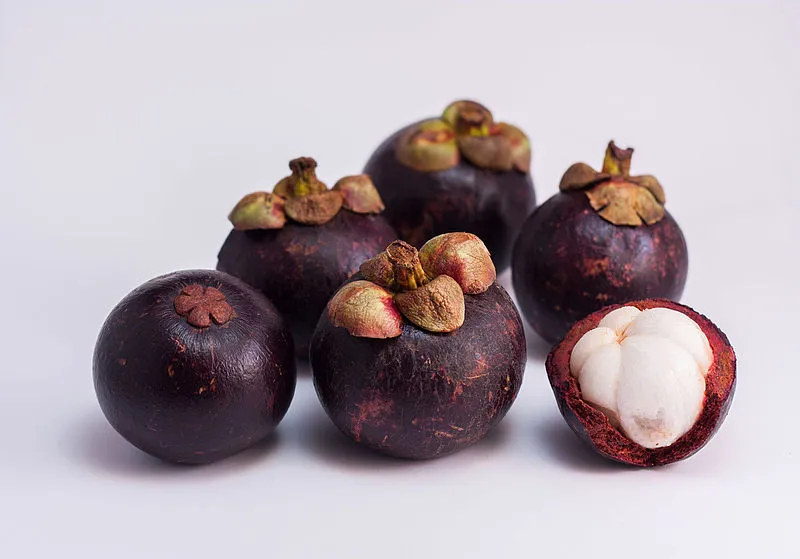
In addition to its nutritional profile, mangosteen has a unique cultural and culinary allure. Known as “Queen of Fruits,” it holds ceremonial and symbolic value in many Southeast Asian cultures.
Culinary Uses:
- Consumed fresh as a dessert fruit.
- Used in sorbets, salads, juices, and jams.
- Increasingly featured in fine dining and fusion cuisine in luxury markets.
Its exotic appearance, creamy-sweet flavor, and floral aroma have made it a favorite for food influencers and gourmet chefs globally—fueling its market further.
8. Development of Cold Chain Logistics
Previously, mangosteen’s export was limited due to short shelf life and sensitivity to temperature changes. However, the development of advanced cold chain systems has changed that.
Key Improvements:
- Modified Atmosphere Packaging (MAP) helps extend shelf life during transit.
- Pre-cooling and refrigeration systems at harvest sites.
- Air freight partnerships for quick deliveries to Europe, North America, and the Gulf.
These developments have significantly reduced post-harvest losses, encouraging farmers to invest more in mangosteen cultivation.
9. Organic and Sustainable Farming Trends
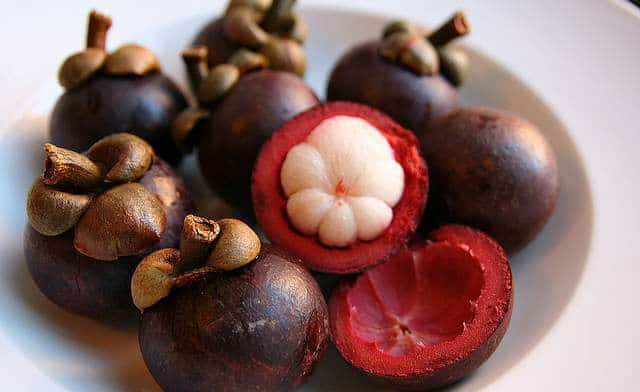
With the global rise in organic farming, mangosteen is becoming a preferred crop because:
- It is naturally resistant to many pests due to its thick rind.
- It requires fewer synthetic inputs compared to other tropical fruits.
- It fits well into mixed agroforestry systems, making it a sustainable farming option.
Organic mangosteens are in especially high demand in Germany, France, Japan, and South Korea, where certification brings higher export premiums.
10. Agro-Tourism and Rural Employment
In countries like Thailand and Vietnam, mangosteen orchards have become part of agro-tourism circuits, offering:
- Pick-your-own experiences
- Fruit tasting festivals
- Educational farm stays
This has boosted local economies and created employment for women and youth in rural areas. Governments are supporting this model as a tool for rural development, income diversification, and export branding.
Conclusion: A Fruit with a Future
The global boom in mangosteen farming is not a passing trend—it is a result of converging global interests in health, flavor, trade, and sustainability.
In Summary, Mangosteen Farming Is Booming Because:
- Health-conscious consumers love its superfruit benefits.
- Farmers see high returns and growing export demand.
- Governments and institutions provide extensive support.
- Technological advances have overcome logistic challenges.
- The fruit’s exotic appeal has captured chefs, influencers, and wellness brands.
As more regions become climatically suitable and logistics improve, mangosteen farming is likely to expand even further, reshaping tropical agriculture worldwide.

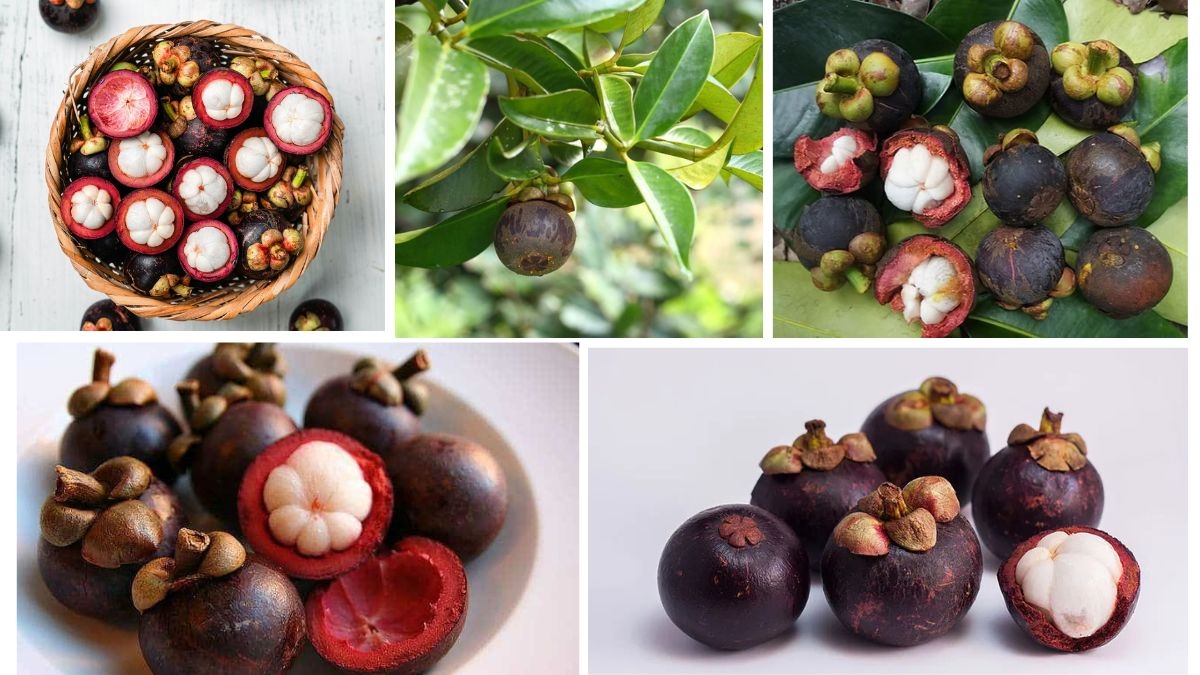
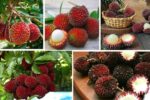


Leave A Comment